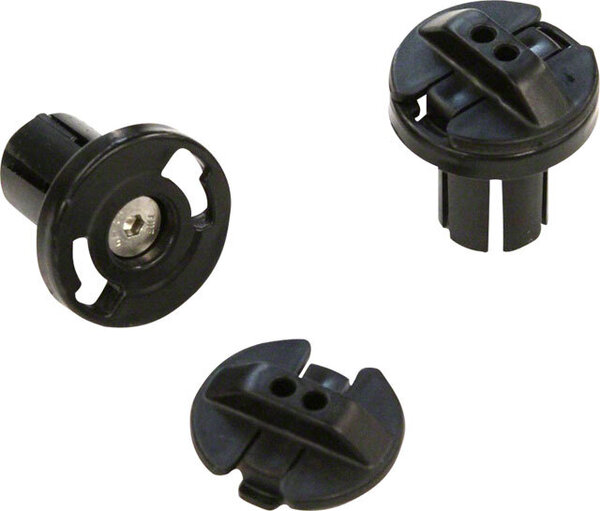
Start at a slow practice tempo and gradually increase the tempo when you can play the piece without any mistakes.

Increase the difficulty by setting the numbers to 1/1 (played/muted), 2/2, and 4/4 respectively. Play a piece you know well and keep the tempo in the muted bar. Downshire House Clocks & Barometers Limited. I took it home and took it apart on the kitchen table, cleaned it. Activate the mute function at the bottom, and set the metronome to play 3 bars and mute 1 bar. From Business: When I was first married in 1959, I bought an old Tambour clock at an auction for five dollars. Set the metronome to the indicated tempo, establish the tempo, and stop the metronome before you start playing.

Start by selecting a tempo using the slider or, the left and right arrow keys on your keyboard. It is also used in live performances and recording studios to ensure an accurate tempo throughout the performance or session. A tempo marking of 60 BPM equals one beat per second, while 120 BPM equals two beats per second.Ī metronome is commonly used as a practice tool to help maintain a steady tempo while learning difficult passages. The pulse is measured in BPM (beats-per-minute). A metronome is a device that produces a steady pulse to help musicians play in time.


 0 kommentar(er)
0 kommentar(er)
